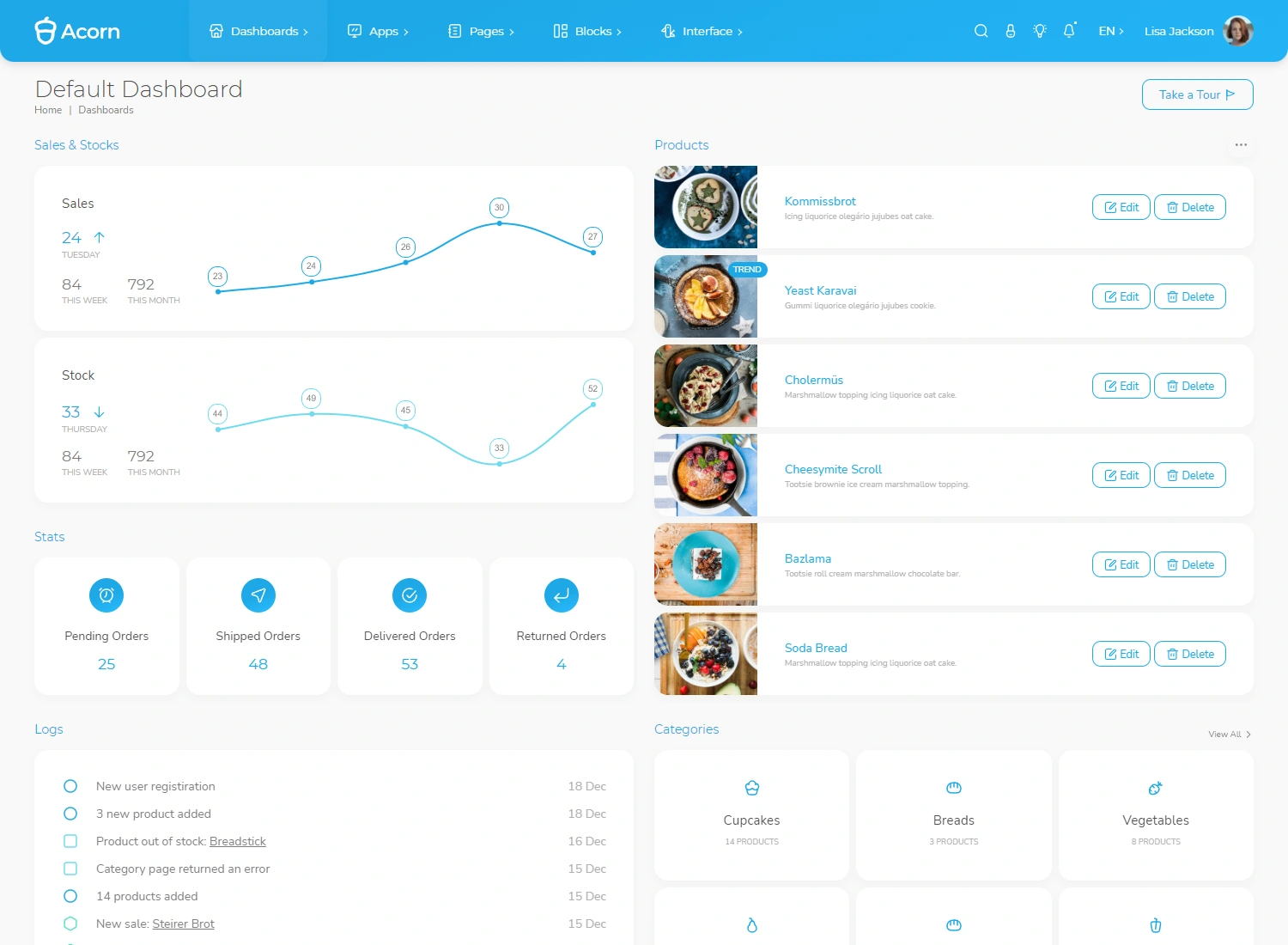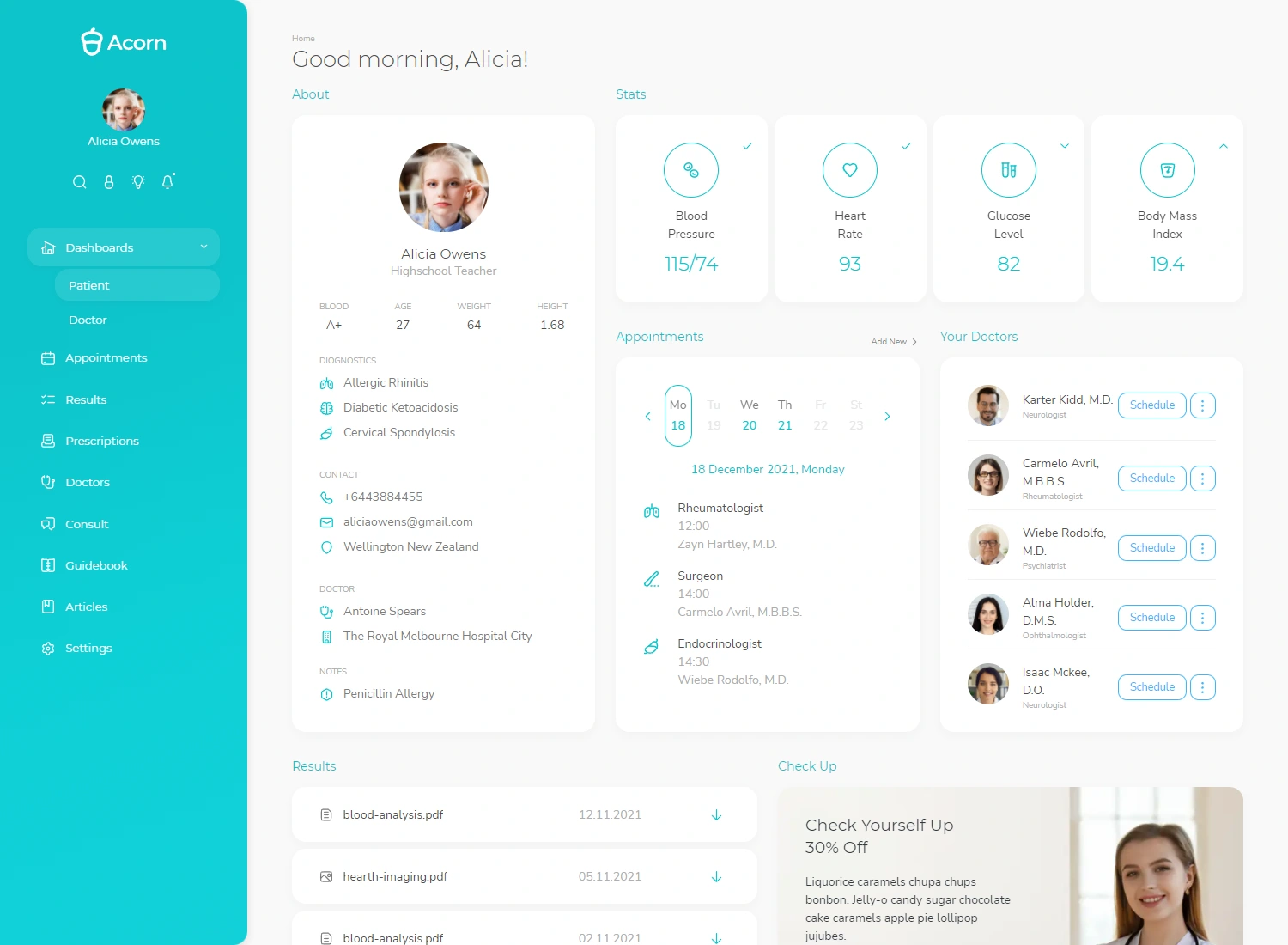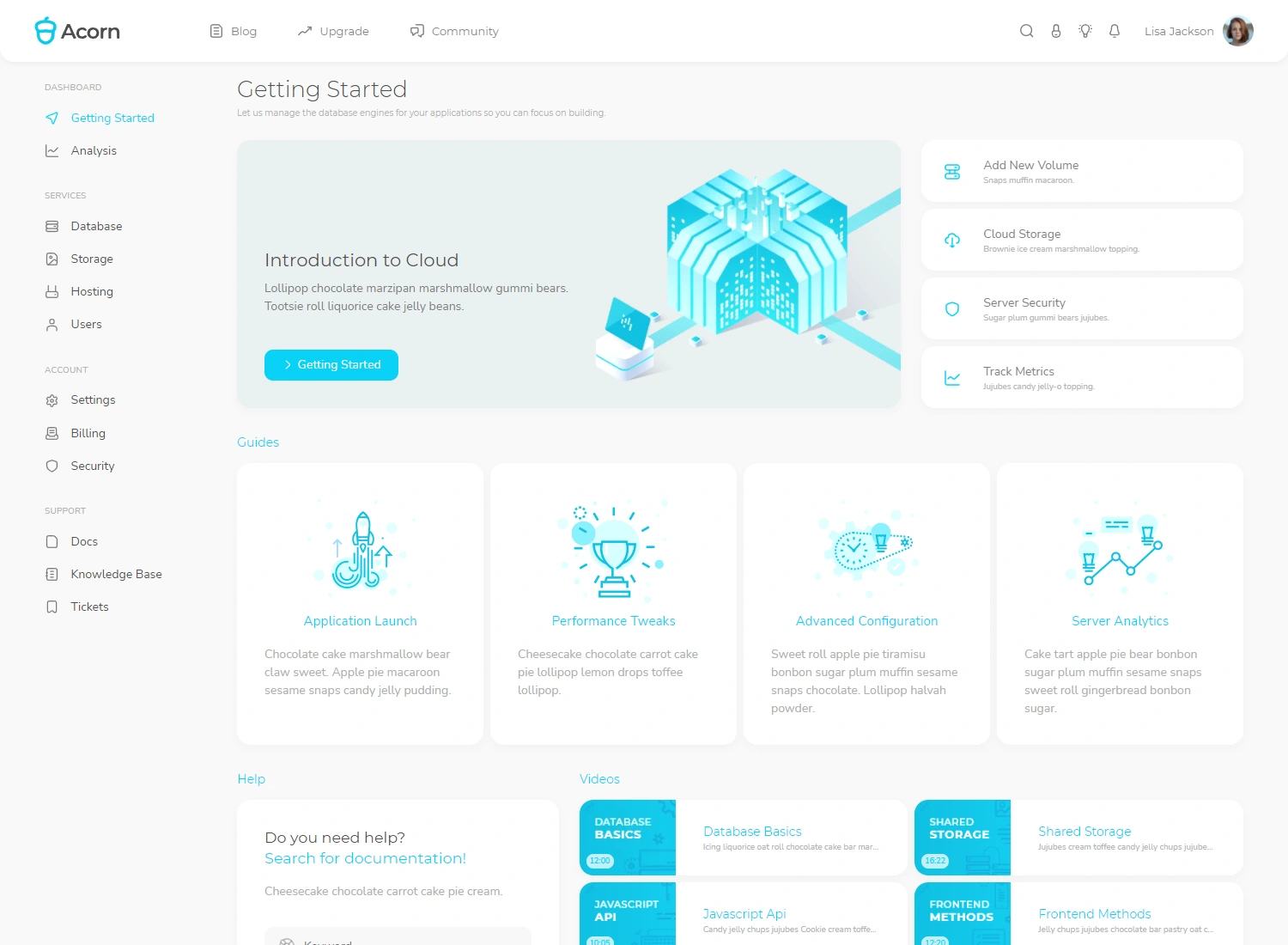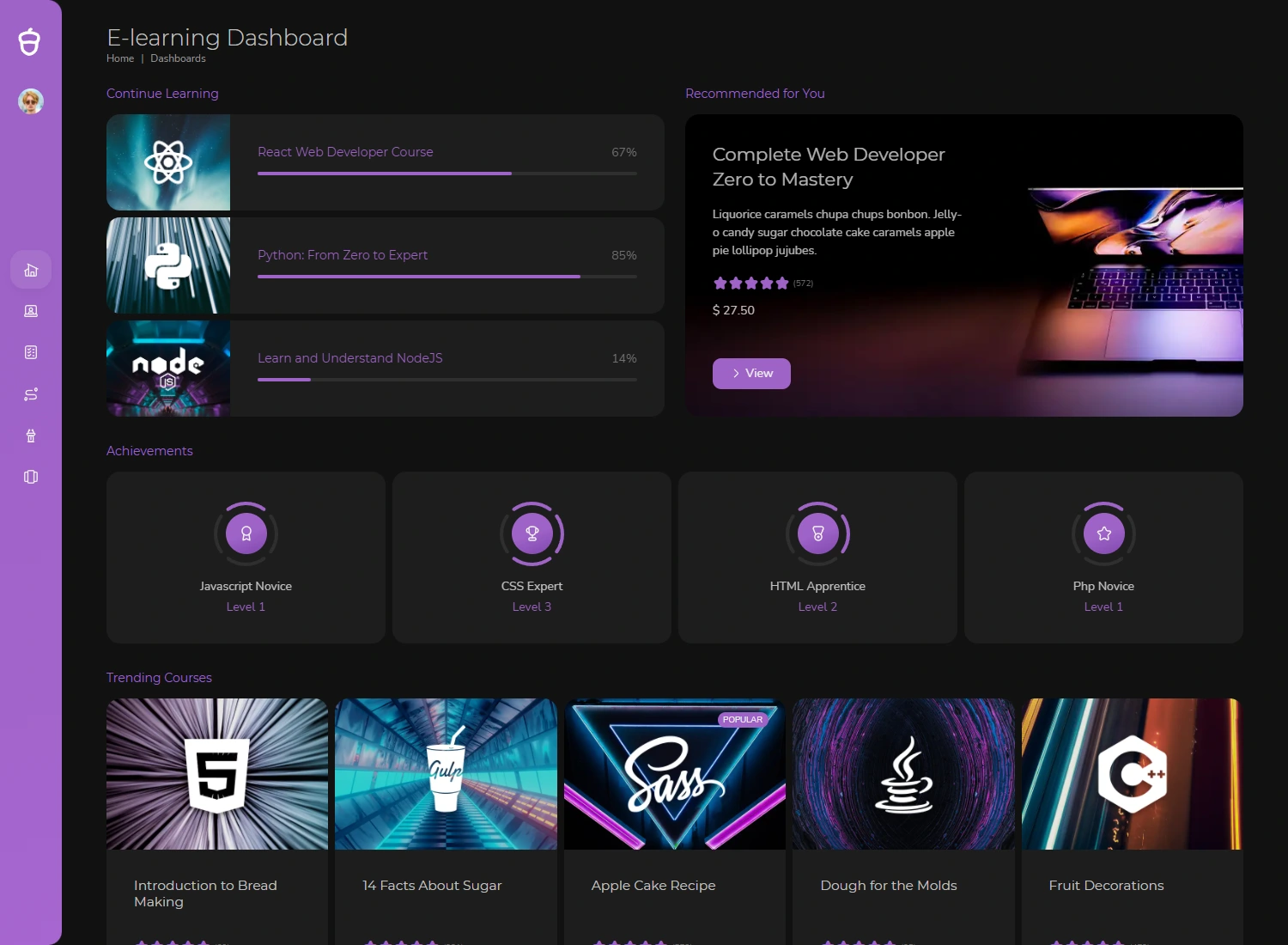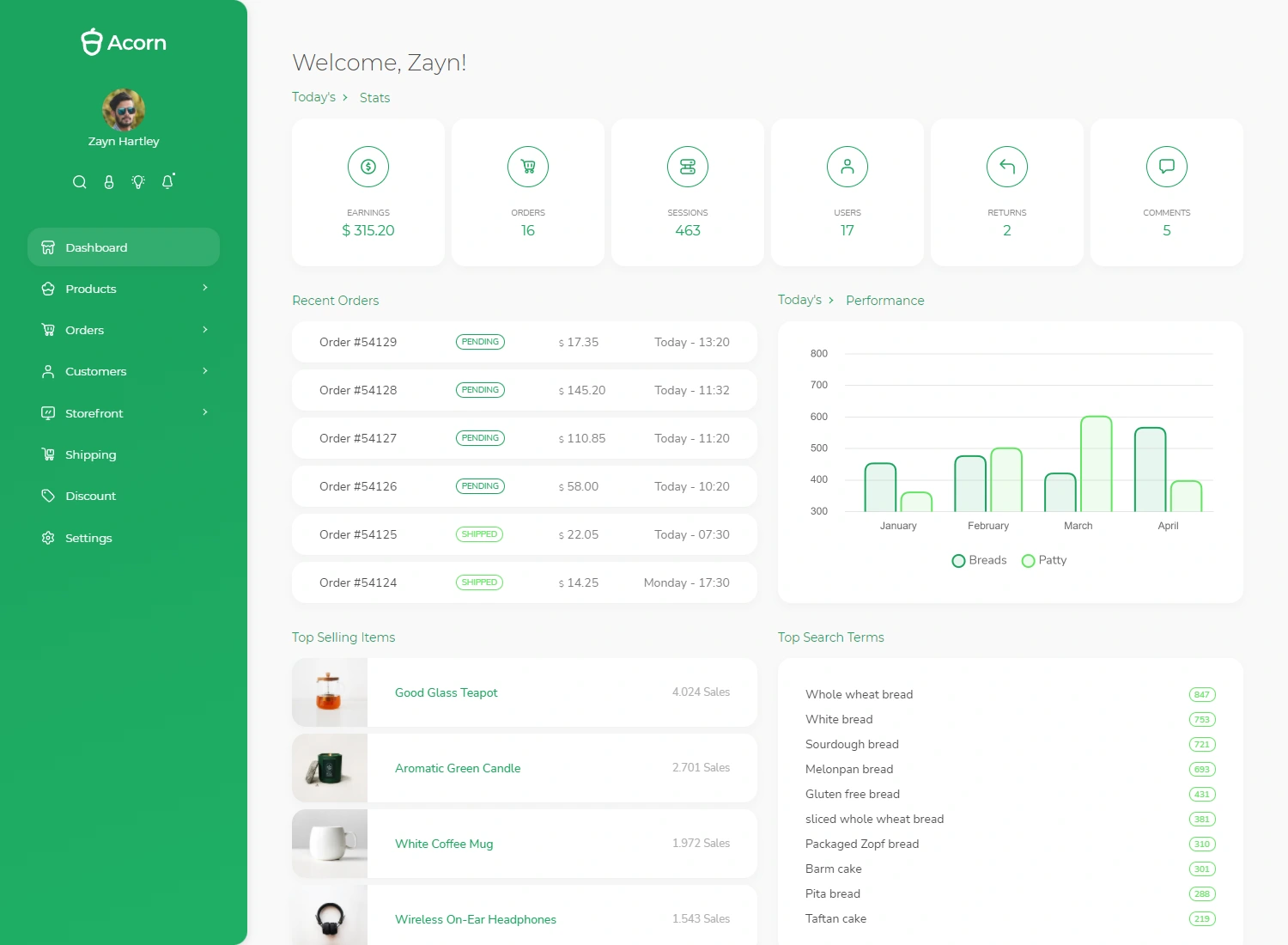India’s education system, being one of the largest in the world, plays a crucial role in shaping the future of its youth and the country as a whole. To address the evolving needs of the global economy, ensure access to quality education, and overcome the existing challenges, the Government of India introduced the National Education Policy (NEP) 2020. This policy aims to reform the education system by aligning it with the changing dynamics of the 21st century. The NEP 2020 represents a bold step forward in reimagining education and addressing its long-standing gaps. In this essay, we will explore the key features of the NEP 2020 and the challenges involved in its implementation.
Salient Features of NEP 2020
1. Holistic and Multidisciplinary Education:
One of the core principles of the NEP 2020 is to promote a holistic approach to education, emphasizing not just academic knowledge but also the development of skills, creativity, critical thinking, and overall personality. The policy introduces a shift from the traditional rigid curricular structure to a more flexible and interdisciplinary framework. It advocates the inclusion of subjects like arts, humanities, sports, and vocational education along with science and technology, ensuring a well-rounded development of the child.
2. Early Childhood Care and Education (ECCE):
Recognizing the importance of the early years in a child’s development, the NEP 2020 stresses the need to focus on Early Childhood Care and Education (ECCE). It calls for the integration of pre-school education into the formal education system, ensuring that children receive the necessary support to lay a strong foundation for future learning. The policy recommends the introduction of a National Curriculum Framework (NCF) for ECCE to provide a standardized curriculum across the country.
3. Mother Tongue as Medium of Instruction:
The NEP 2020 stresses the importance of using the mother tongue or regional languages as the medium of instruction, at least until grade 5. This move is intended to foster a deeper understanding of concepts and enhance cognitive development. It also acknowledges the linguistic diversity of India and aims to preserve and promote regional languages, thus providing students with the opportunity to connect with their culture and heritage.
4. Flexibility in Education System:
The NEP proposes a major shift in the structure of the schooling system. It replaces the existing 10+2 model with a 5+3+3+4 model. This new structure divides the education system into four stages:
•Foundational Stage (3-8 years)
•Preparatory Stage (8-11 years)
•Middle Stage (11-14 years)
•Secondary Stage (14-18 years)
This reform aims to provide students with a more personalized and flexible learning experience that aligns with their developmental needs at different stages.
5. Vocational Education and Skill Development:
The policy emphasizes the importance of integrating vocational education from an early stage, starting as early as Class 6. The goal is to provide students with practical skills alongside academic knowledge, making them more job-ready and capable of contributing to the workforce. The NEP also envisions the establishment of a National Vocational Education Qualifications Framework (NVEQF) to ensure quality and standardization in vocational education.
6. Increased Use of Technology:
The NEP highlights the role of technology in transforming education. The policy encourages the use of digital tools and online learning platforms, especially in the wake of the COVID-19 pandemic, which accelerated the shift towards virtual education. The creation of digital infrastructure and e-learning resources aims to enhance accessibility and bridge gaps between urban and rural education systems.
7. Teacher Training and Development:
The policy emphasizes the professional development of teachers by proposing a National Mission for Teacher Education. It calls for regular training and upskilling programs to ensure that teachers remain updated with the latest pedagogical techniques and technologies. Additionally, the NEP recommends the setting up of a National Professional Standards for Teachers (NPST) to ensure consistency in teaching quality across the country.
8. Regulation and Governance:
The NEP 2020 proposes a comprehensive overhaul of the regulatory system. It envisions the creation of a single overarching body for higher education institutions, including professional education, to ensure standardization and reduce fragmentation. The National Higher Education Regulatory Council (NHERC) will be tasked with regulating higher education institutions, while the Higher Education Commission of India (HECI) will oversee the accreditation and quality assurance.
Issues Involved in NEP 2020
Despite the promise of significant reforms, several issues and challenges remain in the successful implementation of the NEP 2020.
1. Implementation Challenges:
The implementation of NEP 2020 requires extensive infrastructure, resources, and training. Many of the reforms outlined in the policy, such as the integration of vocational education, the use of mother tongues, and teacher training, will require time and investment. Furthermore, the transition to a new system of education may face resistance from both educators and parents who are accustomed to the traditional model.
2. Equity and Accessibility:
One of the biggest challenges in the Indian education system is the disparity between urban and rural education. While the NEP advocates for increased access to quality education, it remains unclear how the policy will address the disparities in access to digital infrastructure, particularly in remote areas. Ensuring that every child, regardless of their socio-economic background, benefits from the reforms will be a significant challenge.
3. Language Policy:
While the promotion of mother tongue-based education is a positive step, it also raises concerns about the implementation of multilingual education, especially in states with a large number of languages spoken. There is also the challenge of balancing the need for local language education with the requirement of English proficiency in global markets.
4. Teacher Shortages and Quality:
The success of the NEP depends largely on the quality of teaching. However, India faces a significant shortage of trained teachers, particularly in rural areas. Addressing this shortage, along with providing continuous professional development, will be a major hurdle in the successful implementation of the policy.
5. Funding:
While the NEP proposes increased public investment in education, the actual allocation of funds remains a critical factor. The implementation of such a comprehensive policy requires a substantial financial commitment, and it is uncertain whether the government will be able to provide the necessary funds for all proposed reforms.
6. Private Sector Involvement:
The NEP encourages greater private sector participation in education, but there are concerns that this may lead to further commercialization and the widening of educational inequalities. Ensuring that the private sector’s involvement aligns with public welfare objectives will be crucial.
Language Policy in NEP 2020
The NEP 2020 emphasizes the Three-Language Formula, which recommends that students learn:
- Their mother tongue or regional language,
- Hindi (in non-Hindi-speaking states), and
- English or another modern Indian language.
It encourages the use of the mother tongue or regional language as the medium of instruction until at least Grade 5 (preferably till Grade 8 and beyond) to ensure better conceptual understanding.
The policy does not explicitly mandate Hindi but encourages its teaching as part of multilingual education, which has led to concerns that it indirectly pushes Hindi in non-Hindi-speaking states.
Objections Raised by Southern States
Several southern states have opposed the language policy, arguing that it implicitly promotes Hindi and could lead to its gradual imposition over regional languages. Key objections include:
-
Tamil Nadu’s Opposition:
- Tamil Nadu has historically opposed the Three-Language Formula, sticking to its Two-Language Policy (Tamil and English), which has been in place since 1968.
- Political parties in Tamil Nadu, including the ruling DMK and opposition AIADMK, have strongly resisted any perceived Hindi imposition.
- Tamil Nadu Chief Minister M.K. Stalin criticized NEP's language policy, arguing that it attempts to "thrust Hindi and Sanskrit" on non-Hindi speakers.
-
Karnataka’s Concerns:
- Karnataka has raised concerns over the push for Hindi in competitive exams, arguing that it puts non-Hindi speakers at a disadvantage.
- The Karnataka Rakshana Vedike (KRV) and other pro-Kannada organizations have protested against Hindi being promoted over Kannada in central government institutions.
-
Kerala’s Stance:
- Kerala has emphasized that language choices should be left to the states rather than being dictated by a national policy.
- The state government supports Malayalam and English as primary mediums of instruction and opposes any pressure to adopt Hindi.
-
Andhra Pradesh and Telangana:
- While Telugu is the primary medium of instruction, Andhra Pradesh and Telangana have not been as vocal as Tamil Nadu but have expressed concerns about Hindi being pushed as a second language.
Clarifications from the Government
The Union Government has repeatedly clarified that:
- NEP 2020 does not impose Hindi and only encourages multilingualism.
- States have the autonomy to decide on their language policy.
- The Three-Language Formula is flexible and subject to state preferences.
However, despite these assurances, political and linguistic sensitivities continue to drive opposition, particularly in Tamil Nadu.

